Some arguments don’t just die—they echo through generations like a gunshot in a canyon. That’s what happens every time you ask, “Which has more punch, the 44-40 or the 45-70?” Gun enthusiasts, history buffs, and western movie fans all jump in. But let’s cut through the noise and take a close look at these two iconic rounds. One helped tame the West, the other could drop a buffalo at two hundred yards. Which is actually more powerful—on paper, at the range, and in wild American folklore?
The Legend Behind the Ammo: 44-40 and 45-70 Roots
The .44-40 Winchester, born in 1873, took America by storm. It powered the famous Winchester Model 1873 rifle—yep, the “Gun that Won the West.” Lawmen, outlaws, and ranchers loved it as much as Hollywood. Chambered in both rifles and revolvers, cowboys could carry a single cartridge for both their sidearm and their long gun. This cartridge sent a 200-grain bullet downrange at roughly 1,200 feet per second (fps), hitting fairly hard by 19th-century standards. But it was also easy to shoot—low recoil, fast follow-up shots, and plenty accurate out to 100 yards or so. That made the .44-40 a true favorite when the chips were down and a reliable shot mattered most.
Fast-forward just three years and the U.S. Army standardized the .45-70 Government cartridge in 1876. Everything about the .45-70 was bigger, heftier, and meaner. It fired a 405-grain (sometimes 500-grain) bullet—more than double the weight of a .44-40—at about 1,300 fps. That meant massive power, more recoil, and real man-stopping, game-dropping authority. It could reach out two, even three times further than the .44-40 and still hit hard. Hunters, soldiers, and explorers trusted the .45-70 to take down anything on four legs in North America, from elk to bison. No wonder it stayed in military service for decades, showing up everywhere from the Indian Wars to the Spanish-American War.
Interesting fact: Buffalo Bill Cody reportedly used both cartridges, preferring the .44-40 for quick action against two-legged trouble and the .45-70 when big game—or trouble—loomed on the horizon. There’s a reason these rounds are in every cowboy shooter’s vocabulary even today.
Ballistics and Power: What the Numbers Say
If we’re talking pure power, there’s no contest—the .45-70 is the heavyweight and the .44-40 is the lightweight scrapper. But let’s dig into the actual numbers, side by side:
| Cartridge | Bullet Weight (grains) | Velocity (fps) | Energy (ft-lbs) | Effective Range (yards) |
|---|---|---|---|---|
| .44-40 Winchester | 200 | 1,200 | 639 | 100 |
| .45-70 Government | 405 | 1,300 | 1,529 | 300+ |
That’s a gap you could ride a horse through. The .45-70 spits out more than double the energy—even with a bullet that’s traveling just a touch faster and weighs twice as much. That translates to much deeper penetration, heavy wound channels, and reliable kills at longer ranges. For big-game hunting or military use, this round was a beast, often punching through multiple inches of timber or flesh. People used to say it was designed "to drop a cavalry horse at 800 yards." It wasn’t all talk, either.
But here’s the crazy thing: the .44-40 still stuck around because it was practical. Less kick. Lighter guns. More ammo on your belt. For close-range work—say, a shootout in a frontier town or a quick shot at a coyote—you didn’t need more. That’s why the .44-40 out-sold every other cartridge in the West for nearly fifty years, and why cowboy action shooters still love it today.
People always ask if you can hunt with the .44-40. If you’re going after whitetail deer at brush distances, sure, with good shot placement. Don’t try it on elk or bear, though—you’ll want the thump of the .45-70 for that.
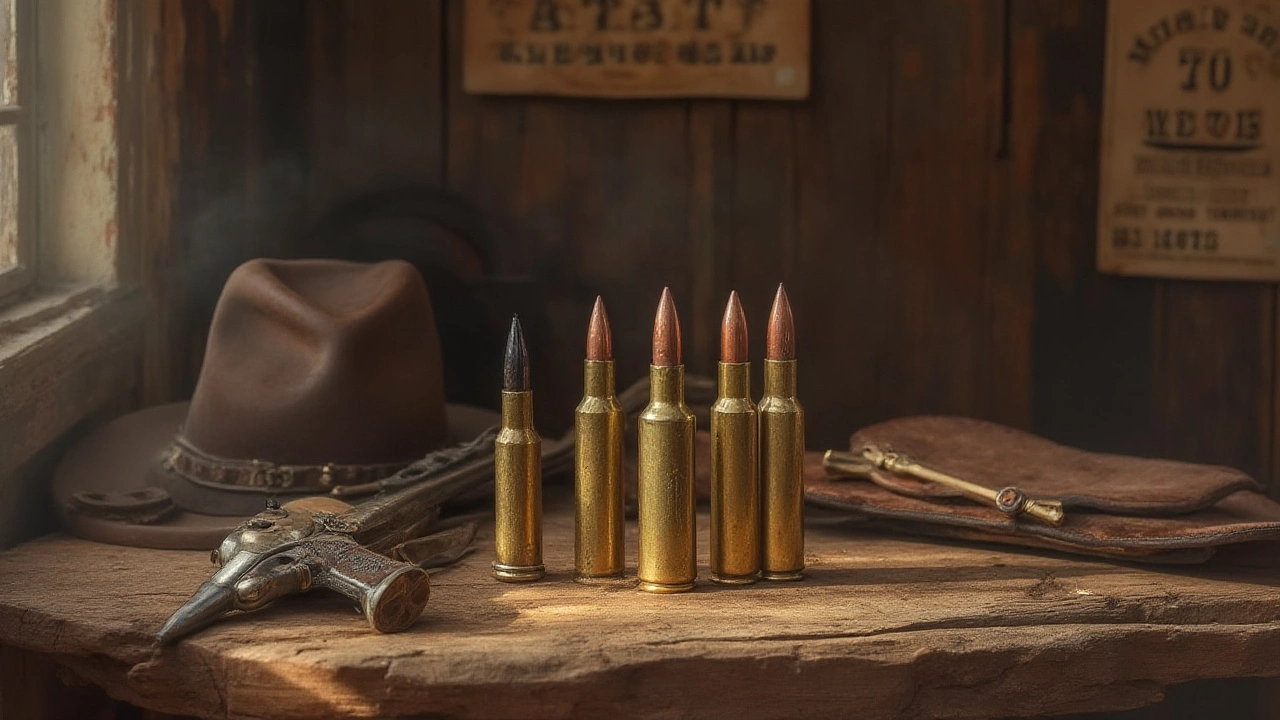
Real-World Stories and Myth-Busting
The romance around these cartridges grew up with the men and women who used them. One famous story: in 1879, Texas Ranger John Coffee Hays reportedly faced down a group of outlaws with a .44-40 lever-action, dropping two before the rest scattered. Legend? Sure, but it speaks to the .44-40’s reputation for fast handling and decent stopping power at common gunfight distances. It’s the classic “cowboy caliber” and, for a long time, the go-to for both lawmen and outlaws who wanted a common round for their rifle and sixgun.
But the .45-70 is the round you packed if you didn’t want just to survive a fight, but to win one—especially against the wild things. Buffalo hunters, army scouts, and sportsmen all learned to trust those 400-grain projectiles. There are stories of one-shot bison kills at 150 to 200 yards. Even today, Alaskan guides often keep a .45-70 handy for grizzly bears. That’s how much respect this cartridge carries, more than 150 years after it hit the scene.
Not all stories go the same, though. Some hunters found the .45-70’s trajectory a challenge—those big, heavy bullets drop fast at long range. It’s not a flat-shooting round like you’d find with modern magnums. In the wrong hands, it could be tough to hit past 150 yards unless you really knew your holdover. The .44-40, by contrast, was never meant for long shots. It drops like a rock after a hundred yards, but if you know your range, it’s no problem for most ranch chores or fun at the range.
There have been plenty of shootouts and standoffs in the American West where both rounds featured. Wyatt Earp, Bat Masterson, and Annie Oakley all used rifles or carbines chambered for these rounds, depending on the job. And let’s not forget Hollywood—the sound of a lever-action cycling .44-40 rounds is burned into every western movie ever made.
Tips for Shooters and Collectors
If you’re thinking about shooting one of these classics today—whether you love history, competition, or just fun at the range—you’re in good company. Cowboy action shooters often go for the .44-40 because it’s soft-shooting, fast, and easy to reload for. Just watch out: The case neck can be thin and finicky during handloading. Soft lead bullets and black powder work best if you want that authentic Old West smoke and smell.
The .45-70 is another story. Modern guns like the Marlin 1895 or Winchester 1886 can handle much higher pressures, so factory ammo now comes in three "classes": original low-pressure black powder loads (safe for antiques); middle-of-the-road smokeless; and “hot” loads for modern rifles that can take on moose, bear, and even big African game. Know what your gun can handle—the wrong cartridge in an old Springfield trapdoor rifle isn’t just a bad idea, it’s dangerous.
Collectors love both rounds. Original Winchester rifles in .44-40 or .45-70 aren’t just valuable—they’re museum-quality artifacts. If you find one in good shape, you’ve got a piece of American heritage. Little tip: look for matching serial numbers and markings, as those boost value big-time. And if you want to shoot them, use mild, period-correct loads to avoid damaging the steel.
Want to get the most from these rounds? Try cowboy action shooting events—they’re a blast, and you’ll meet folks who can swap stories about every lever-action and six-shooter under the sun. The .45-70 also makes a wicked hog-hunting gun in the South, just keep in mind the recoil. Shoulder pads are your friend.
- For the .44-40, light black powder or mild smokeless loads keep recoil down and let you shoot all day.
- For the .45-70, match your ammo to your rifle to stay safe and accurate. Factory "Trapdoor" loads are fine for antiques, but modern "Lever Action" or "Ruger Only" rounds belong in newer guns.
- Don’t be surprised if your range neighbors stop by with questions. Everybody loves those big, slow bullets and the smell of burnt powder.
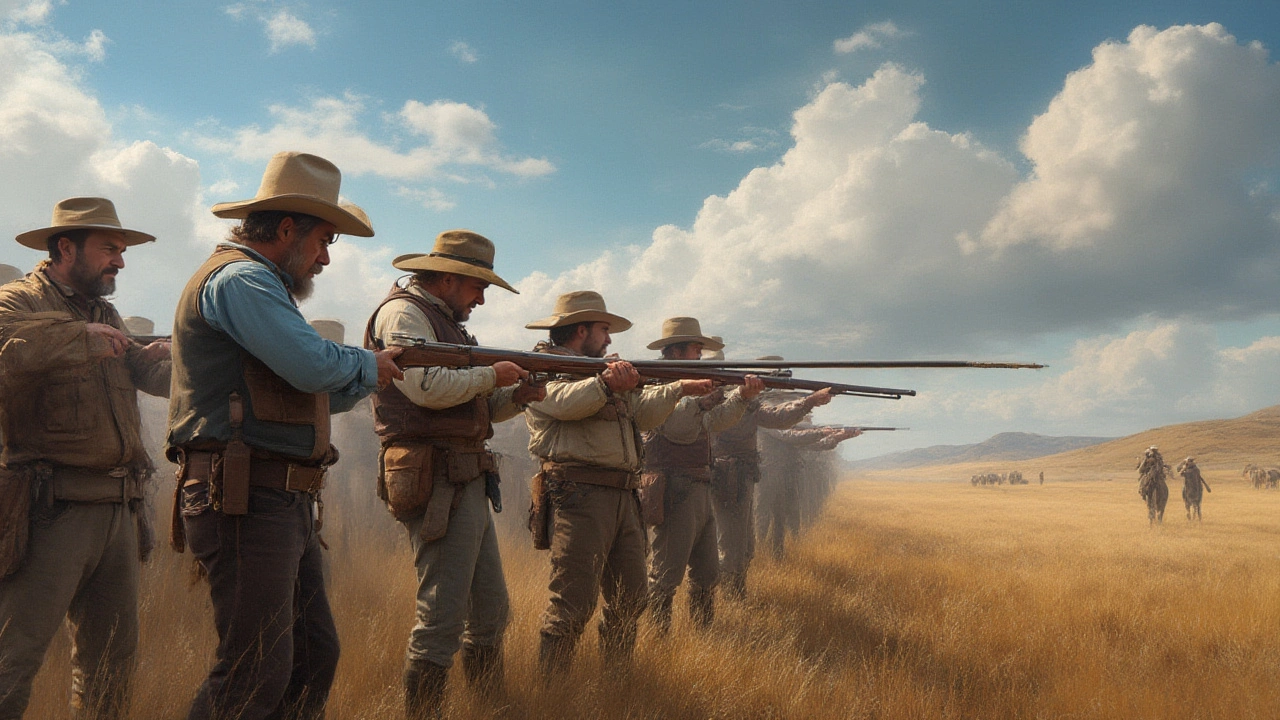
Which Should You Pick: Power, Legacy, and Use Today
Here’s the real answer: if raw power is what you want, the .45-70 wins, hands down. It’s no contest. The numbers back it up, the history books back it up, and so do range tests, hunts, and even military records. This is the cartridge you take if you’re after elk, bear, or anything bigger than a big dog. If you’re into knocking down steel targets at long range, the .45-70 has plenty of grunt to ring every bell on the rack.
The .44-40 is a great pick if you want to be authentic, shoot all day, and actually enjoy it. It’s affordable, easy to find (thanks to cowboy competition), and just has a cool factor you can’t buy. You can carry more rounds, shoot faster, and feel like a true western cowboy. For casual shooting, small game, or historic reenactment, it’s about perfect.
Don’t fall for the myth that more power is always better—it’s not always fun to get pounded by recoil, and the .44-40 is plenty for lots of real-world work. On the flip side, if you want a cartridge that just oozes toughness and power, the .45-70 will never let you down. Both have stuck around for over a century, so there’s room in your safe for either—or both.
If you’re only buying one rifle? Ask yourself what you want to do and how much recoil you can handle. That’ll tell you which legend to bring home. But if you ever see a dusty old Winchester or Marlin in either caliber, don’t walk—run to check it out. History, it turns out, still has a lot of fire left.


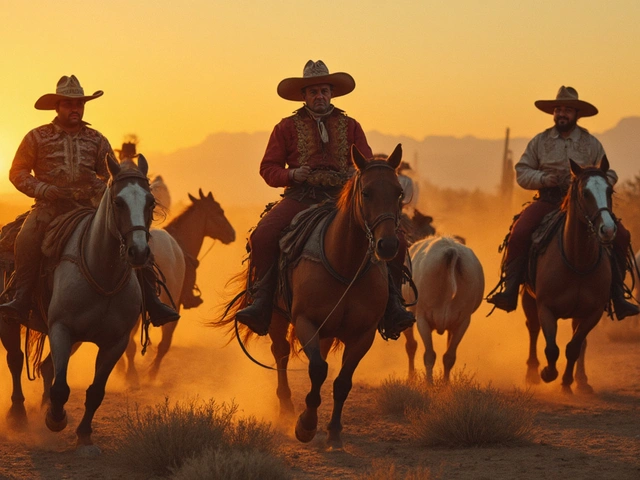
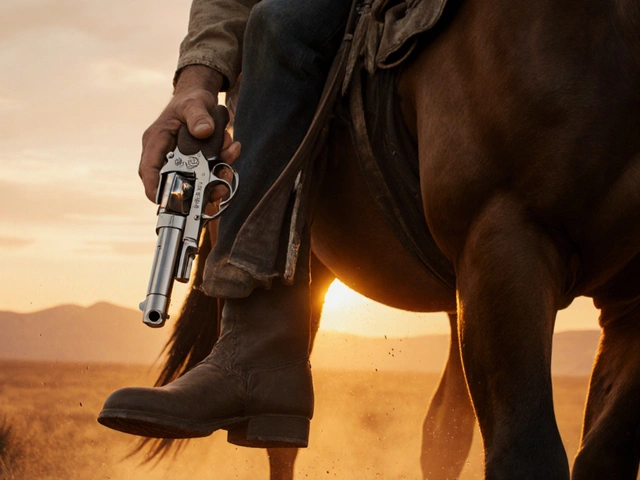
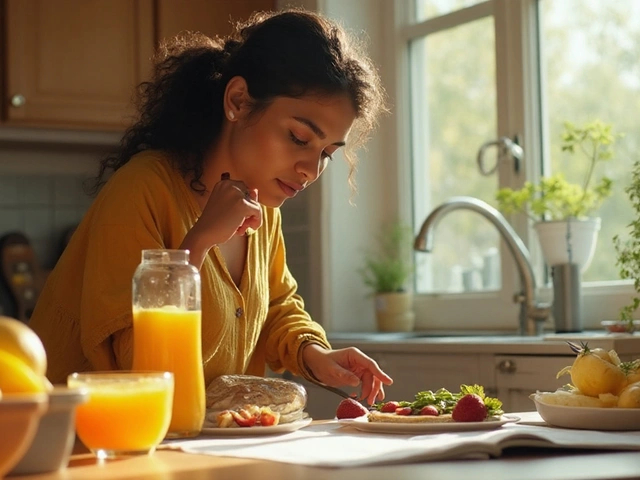
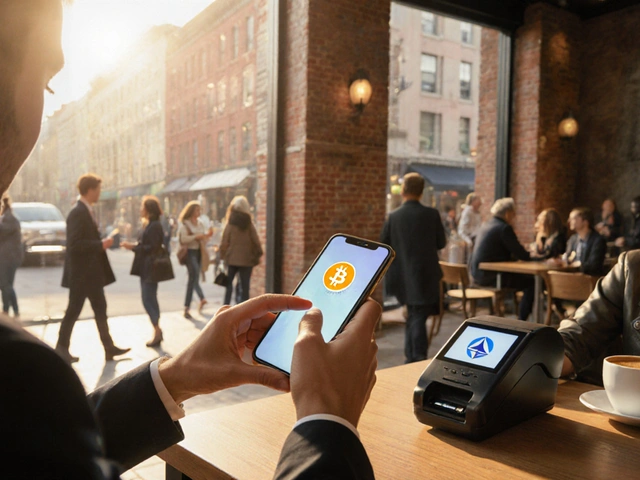
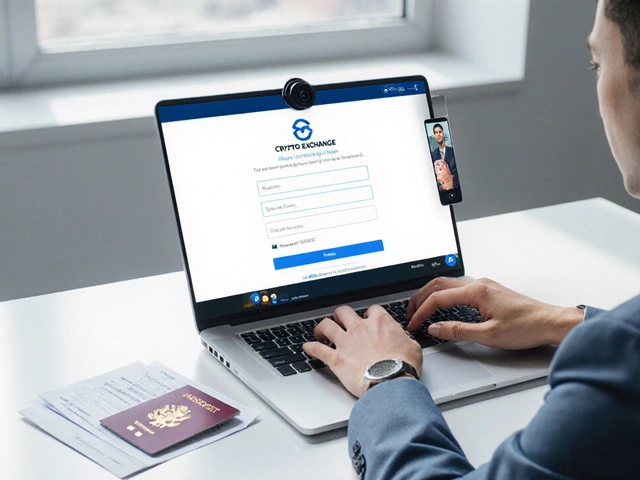
Bharat Patel
July 17, 2025 AT 22:50